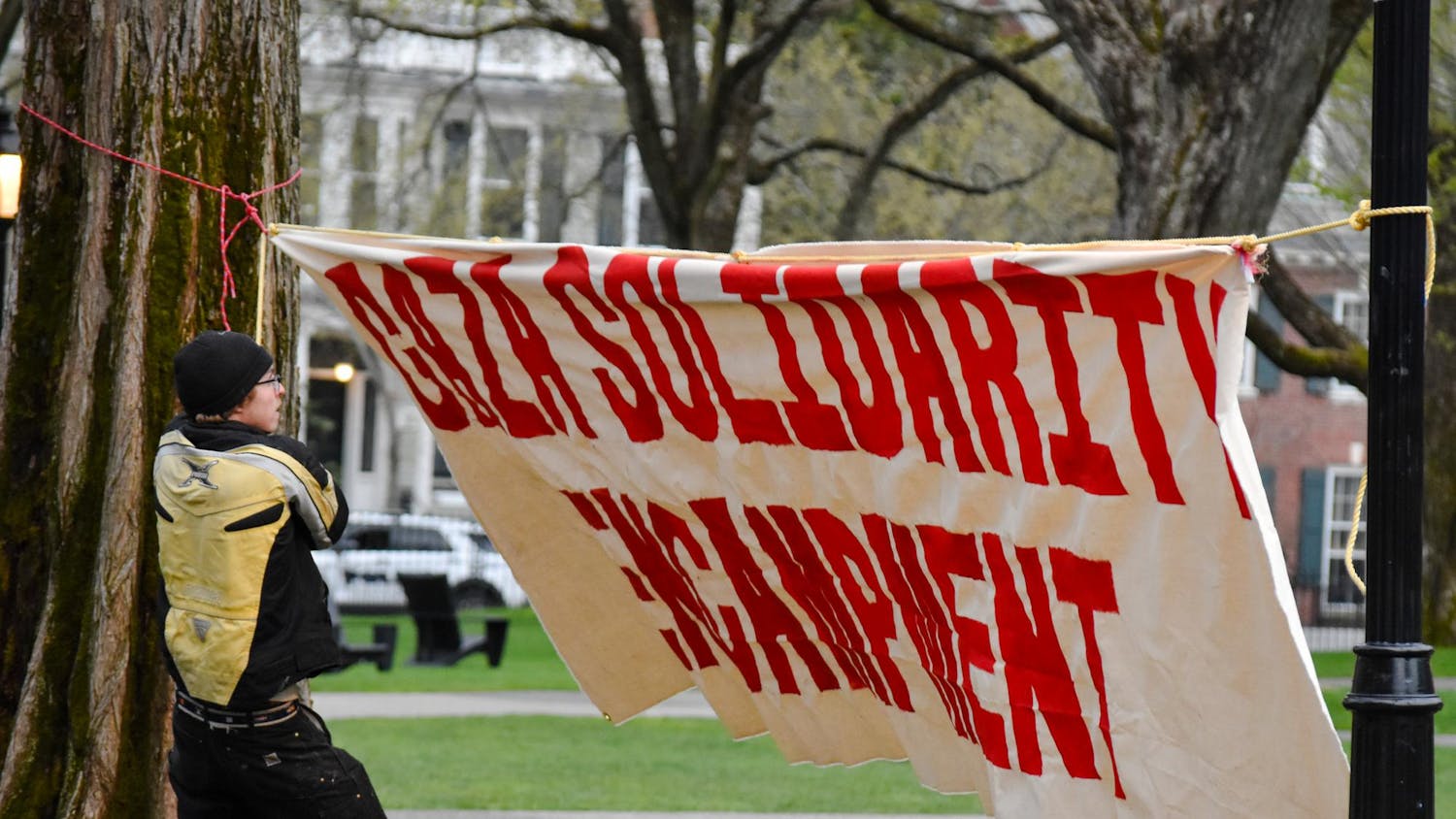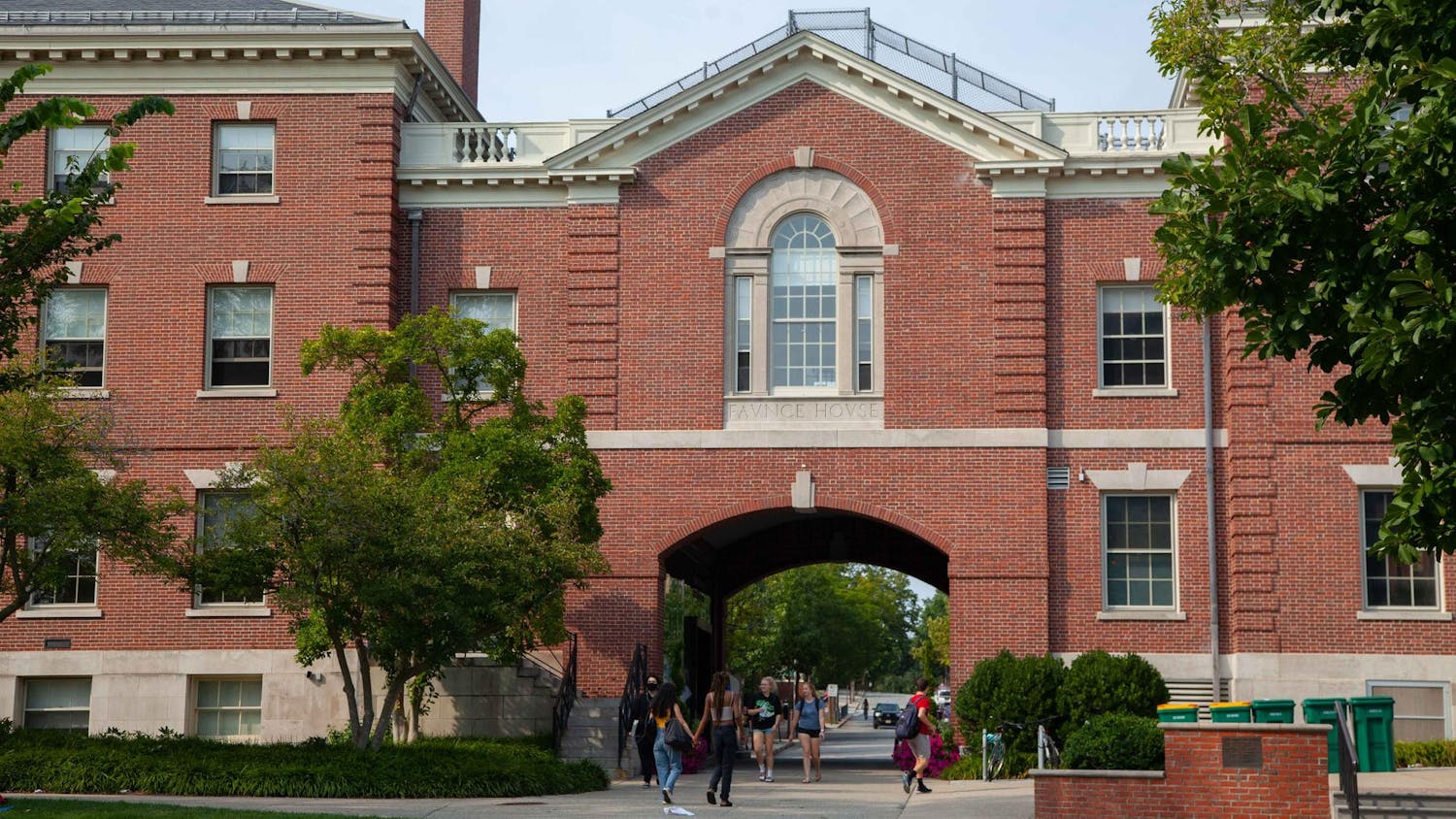Following an unusually snowy winter this year, the University has spent an estimated $368,000 on snow removal — more than it has in the past six years, said Stephen Maiorisi, vice president for facilities management.
The University spent more than three times last year’s cost, Maiorisi said. Approximately 48 inches of snow fell in Providence this winter, with 18 inches accumulating during Winter Storm Nemo.
The average annual snowfall for the past six years is approximately 36 inches, and the average annual cost for snow removal expenditure is $121,000, Maiorisi said.
Funding for snow removal comes from the Department of Facilities Management’s $60 million annual budget, Maiorisi said. The cost of snow removal this year “was more than we planned to spend,” Maiorisi said, adding that if the University overspends on those efforts, “we can find a way to make up for it without cutting back significantly in other areas.”
Total snowfall does not correlate directly with expenses, Maiorisi said, adding that the cost of removal is driven by personnel concerns.
“It’s the timing of the storm that matters,” he said. Because Winter Storm Nemo fell during the weekend, employees were likely to be off. A number of facilities employees stayed on campus to assist with cleanup efforts, he added.
“We had 140 or so people who were here at various times — custodians and groundskeepers — who worked overtime. They came in for that weekend,” Maiorisi said.
Some facilities workers spent the Friday night of Winter Storm Nemo in University housing, The Herald reported last month.
Students complimented facilities and maintenance staff for cleanup efforts during this year’s heavy snowfall.
“They’ve always been so efficient,” said Zach Silverstein ’13. “You know where Brown ends and where Providence begins based on the sidewalk cleanup.”
Last year, the University recorded 18 inches of snowfall, The Herald reported last March. The 2012 winter was the second warmest on record, according to the National Oceanic and Atmospheric Administration.
Other students expressed delight at playing in the snow and at the difference between the snowfall from year to year.
“Last year we had maybe an inch of snow the entire winter,” said Natasha Freeman ’15, adding that she enjoyed this winter more because she “played in the snow, had snowball fights and did Ratty tray sledding” this year.
Despite this season being somewhat colder, the University will spend 12 percent below normal energy usage this winter, since the University has implemented a number of energy efficiency improvements, Maiorisi said.
When budgeting for snow removal, Maiorisi said, many variables must be taken into account.
“I think the one thing to not overlook is that nobody really knows what the winter is going to hold,” Maiorisi said. “What we really do is overtime — with our dollars — and we really rely on our staff’s ability to get here and clear the campus so we can keep the University open.”

ADVERTISEMENT




